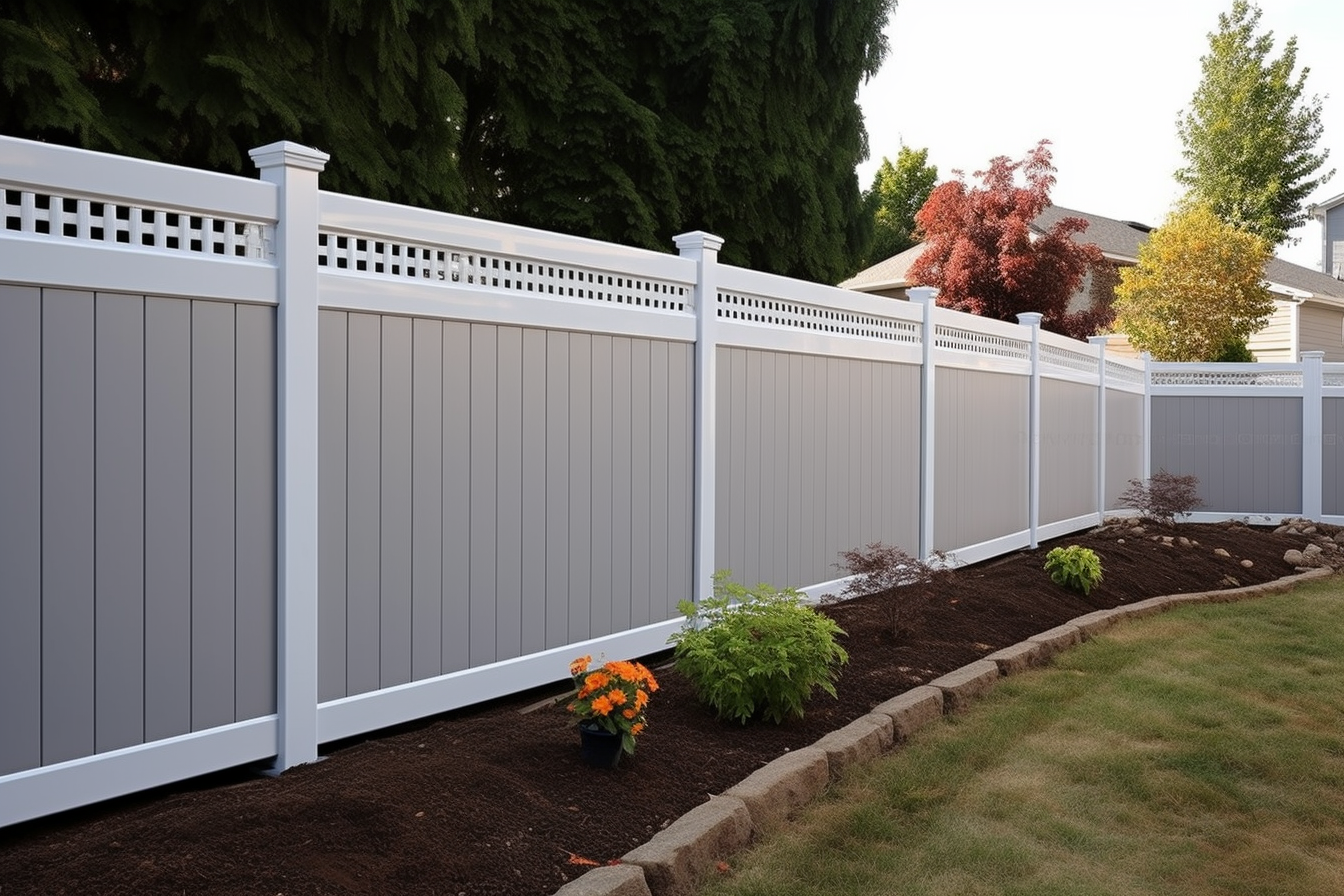Vinyl Fencing: A Complete Guide to Installation and Benefits
Panel fences serve as essential elements in outdoor spaces, providing structure, privacy, and aesthetic appeal to residential and commercial properties. Among the various fencing materials available, vinyl has emerged as a popular choice due to its durability, low maintenance requirements, and versatility in design. Understanding the different panel fence options, their benefits, and environmental implications helps property owners make informed decisions about their outdoor boundaries.

What Role Do Panel Fences Play in Outdoor Spaces?
Panel fences function as more than simple barriers between properties. They define outdoor living areas, create intimate spaces for relaxation, and enhance the overall landscape design. In residential settings, panel fences establish clear property boundaries while providing privacy for families enjoying their backyards. Commercial properties use panel fencing to secure perimeters, control access, and maintain professional appearances.
Modern outdoor design increasingly relies on panel fences to create distinct zones within larger spaces. Gardens benefit from partial fencing that separates vegetable plots from recreational areas, while pool areas require secure fencing for safety compliance. The strategic placement of panel fences can also provide wind protection, noise reduction, and visual screening from neighboring structures.
What Types of Panel Fences Are Available Today?
The fencing market offers several material options, each with distinct characteristics. Wood remains a traditional choice, providing natural beauty and customization options through staining and painting. Cedar and pine are common wood varieties, though they require regular maintenance to prevent rot and insect damage.
Metal panel fences, including aluminum and steel options, offer exceptional durability and security. These materials resist weather damage and provide long-term value, though they may require periodic painting to prevent rust in certain climates.
Composite options combine recycled materials with binding agents, creating panels that mimic wood’s appearance while offering enhanced durability. These fences resist fading, cracking, and insect damage without requiring frequent maintenance.
Vinyl panel fences have gained popularity due to their combination of durability, low maintenance, and design flexibility. Made from polyvinyl chloride (PVC), these fences resist moisture, insects, and UV damage while maintaining their appearance for decades.
How Do Design Styles Enhance Modern Panel Fencing?
Contemporary fencing design emphasizes clean lines, mixed materials, and integration with landscape elements. Modern panel fencing moves beyond basic privacy barriers to become architectural features that complement home exteriors and garden designs.
Horizontal panel orientations create sleek, contemporary appearances that work well with modern architecture. Vertical panels maintain classic appeal while offering height variations for visual interest. Mixed-height installations provide privacy in key areas while maintaining openness in others.
Color choices have expanded beyond traditional white and brown. Gray tones offer sophisticated neutrals that complement various architectural styles, while black creates dramatic contrasts in contemporary settings. Some manufacturers offer wood-grain textures in vinyl materials, providing natural aesthetics without wood’s maintenance requirements.
What Benefits Do Panel Fences Provide for Properties?
Privacy stands as the primary benefit most homeowners seek from panel fencing. Solid panels block sight lines from neighboring properties, creating private spaces for outdoor activities. The height and opacity of panels can be customized based on specific privacy needs and local regulations.
Security benefits include deterring unauthorized access and clearly marking property boundaries. While not impenetrable barriers, well-constructed panel fences discourage casual trespassing and provide psychological security for residents.
Property value enhancement occurs through improved curb appeal and defined outdoor spaces. Quality fencing projects typically provide positive returns on investment, particularly when materials and installation meet neighborhood standards.
Noise reduction capabilities vary by material and construction, but solid panels can significantly reduce traffic sounds and neighbor noise when properly installed.
What Environmental Considerations Apply to Fencing Materials?
Sustainable fencing materials address growing environmental consciousness among property owners. Wood from certified sustainable forests provides renewable options, though transportation and treatment chemicals impact overall environmental footprints.
Recycled materials appear increasingly in composite and some vinyl products. These options divert waste from landfills while creating durable fencing solutions. However, the manufacturing processes and end-of-life disposal considerations vary significantly between products.
Vinyl fencing presents mixed environmental impacts. While manufacturing requires significant energy input, the long lifespan and minimal maintenance requirements reduce ongoing environmental costs. Some vinyl products incorporate recycled content, improving their sustainability profiles.
Metal fences, particularly aluminum, offer excellent recyclability at the end of their service lives. Steel and aluminum can be repeatedly recycled without quality degradation, supporting circular economy principles.
| Material Type | Typical Cost Range | Lifespan | Maintenance Level |
|---|---|---|---|
| Wood Panels | $15-30 per linear foot | 10-15 years | High |
| Vinyl Panels | $20-40 per linear foot | 25-30 years | Low |
| Aluminum Panels | $25-45 per linear foot | 20-25 years | Medium |
| Composite Panels | $30-50 per linear foot | 20-25 years | Low |
Prices, rates, or cost estimates mentioned in this article are based on the latest available information but may change over time. Independent research is advised before making financial decisions.
Local climate conditions significantly influence material performance and longevity. Coastal areas with salt exposure may favor vinyl or aluminum over wood or steel options. Regions with extreme temperature variations require materials that expand and contract without cracking or warping.
Professional installation typically ensures proper foundation preparation, panel alignment, and gate hardware installation. While some homeowners tackle fencing projects independently, complex installations or challenging terrain often benefit from experienced contractors who understand local building codes and soil conditions.
Regular inspection and minor maintenance extend fence lifespans regardless of material choice. Cleaning panels annually, checking hardware tightness, and addressing minor damage promptly prevent larger problems and maintain appearance. Understanding warranty coverage and manufacturer recommendations helps property owners maximize their fencing investments while maintaining outdoor spaces that provide privacy, security, and aesthetic value for years to come.




